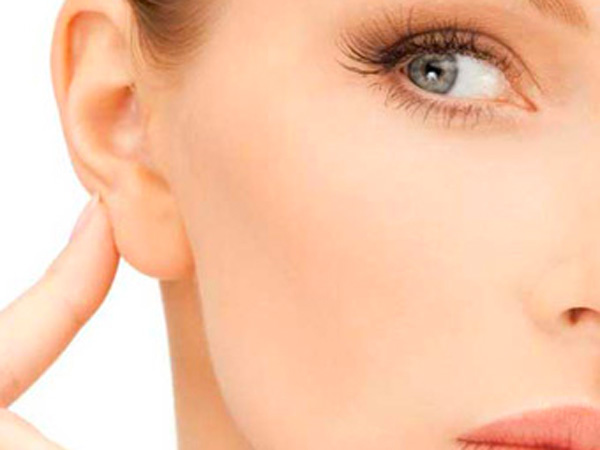PROCEDURE DURATION: 1 hour
TYPE OF ANESTHESIA: Local anaesthesia with sedation
WHAT IS EAR CORRECTION?
The ear correction is a surgical procedure that corrects the imperfections of the ear, for example, those protruding, changing the shape, size and hanging ears enhancing facial harmony and sense of self-worth.
With Protruding ears, they are born. This particular shape of the ear can be attributed to a malformation of the cartilage that, not bending thus forming a sort of basin, it remains straight and flat. The defect is not only congenital but also hereditary: to have proved it is sufficient to observe the incidence of subjects with ears of this type in the same family circle.
The problem of “protruding ears” remains confined to only an aesthetic level given that their form does not interfere in any manner with the functionality of the auditory organ. On the image plane, however, the malformation of the auricle can also create emotive problems and in any case, constitutes a “jarring” to the harmony and beauty of the face. The inconveniences are also not proportional to age: even a few years child can be “ashamed” of their ears, perhaps because persistently teased by their peers.
IS THERE ANY AGE LIMIT TO SUBMIT TO AN EAR CORRECTION?
The procedure is also open to children of 5-6 years: after this age, in fact, the ears do not undergo significant changes and at the same time you can prevent those understand complex linked to a blemish that easily invites jokes and puns. On the question psychologists agree: better to intervene in pre-school age not only to improve the aesthetics but also not to disrupt the self-image.
WHAT TYPE OF ANESTHESIA IS USED?
The ear correction is normally performed in an outpatient hospital. The operation lasts about an hour and is usually performed under local anaesthesia with sedation (which means that you will be awake but relaxed and insensitive to pain).
WHAT IS THE POST-SURGERY COURSE OF THE EAR CORRECTION?
In the 48 hours following surgery, you will have to rest with the head raised. From the third day, you can resume your normal life but avoiding strenuous activities, saunas and steam baths, sun exposure and the use of glasses. In the first 48 hours, you may occur swelling and bruising around the treated area. Rarely can occur infections, bruising or keloid scars. After 3-4 days you can resume your work if it is not too tiring. Two weeks after surgery you can gradually resume all normal activities including sports.


